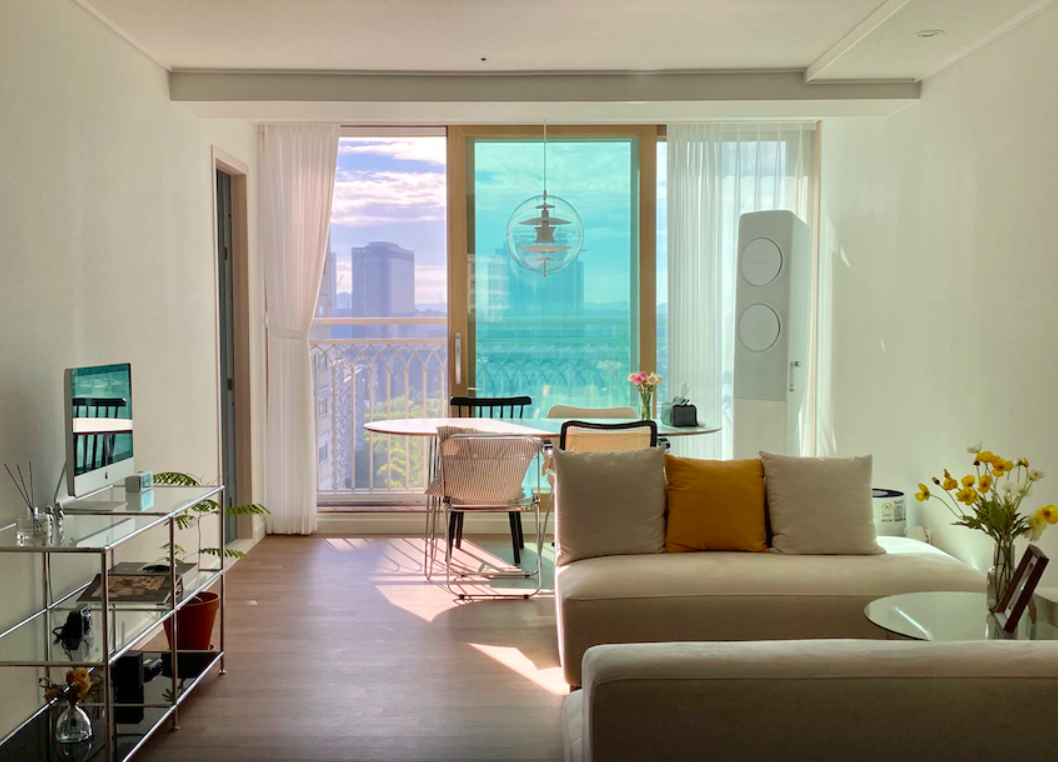
Home Is Where Koreans Show Off
The importance of home isn't lost on all of us during this pandemic, but many Koreans are perhaps taking the game to another level.
An integral part of life in Korea used to be a bansanghoe 반상회, a monthly gathering of residents from a fixed number of households. Everyone took turns hosting the event, and all the married women—husbands were a rare sight on such occasion during my childhood—would cram into the hostess's place after dinner to discuss community issues over fruit slices and rice cake. In reality much of it entailed gossip and looking at how other people lived and what material things they had.
My mother always hated it when our turn was up. Neighbors commented on how outdated our furniture was, why we didn't have any fancy European porcelain plates for serving food, 'how a doctor's wife can live like this' and so on. Sometime in the early nineties she got fed up and refused to host another gathering ever again, even if it meant we had to pay a fine to the residents' association.
A lot changed in the last few years. The bansanghoe stopped, replaced by online bulletin boards. Even relatives started to spurn hosting customary family lunches for chuseok 추석 and seolnal 설날—the two major traditional holidays of the year—citing the convenience of eating out. A chance to see the lives of others, and to show ours in turn, for better or worse, seemed to vanish.
Then social media came along. Nowadays one doesn't need an invitation to see how Koreans live. Just search #집스타그램 (jipseutageuraem—a combination of the Korean word for 'home', jip 집, and 'Instagram') on, well, Instagram. Currently more than 5 million posts offer glimpses into this private world—carefully renovated, decorated and displayed for anyone online to see.
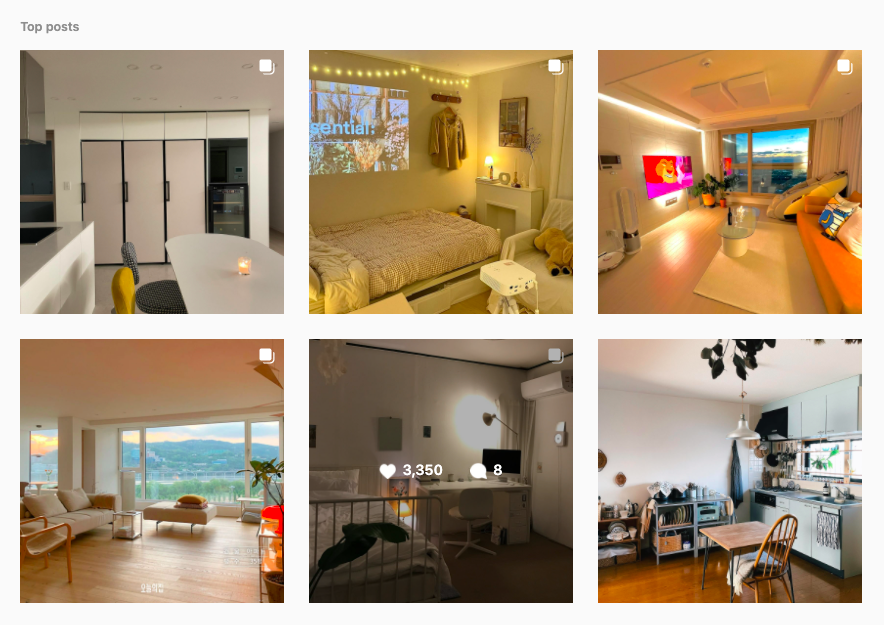
During my childhood in the eighties, a middle-class family might at best distinguish themselves by showing off modestly valuable items. Machine-woven oriental carpets were in demand at some point. Glass-front display cases full of porcelain or crystal tchotchkes from abroad were also desirable, for they suggested access to the world outside when Koreans still lived under travel and import restrictions (until 1989 and 1982 respectively). Otherwise people made do with aesthetically pleasing rocks mounted on custom wooden sockets. Lacquered chests with mother-of-pearl inlay or rows of orchid pots were also considered acceptable interior goods if a little old fashioned.
Now the stakes are higher, and the margin of error much smaller. Not only does a home need to fit the broader trend of the time (we are currently transitioning between "Scandinavian" and "French modern" as far as I can tell), key influences like #midcentury and #planterior (plant + interior) must also be acknowledged. Clutter is generally frowned upon, and maximalism, currently in vogue in the West, has yet to make waves, but it's evidently important to have a number of choice 'objects' that convey one's impeccable taste. After all, it isn't only nosy neighbors who might see and judge the setup. The entire internet is the audience.
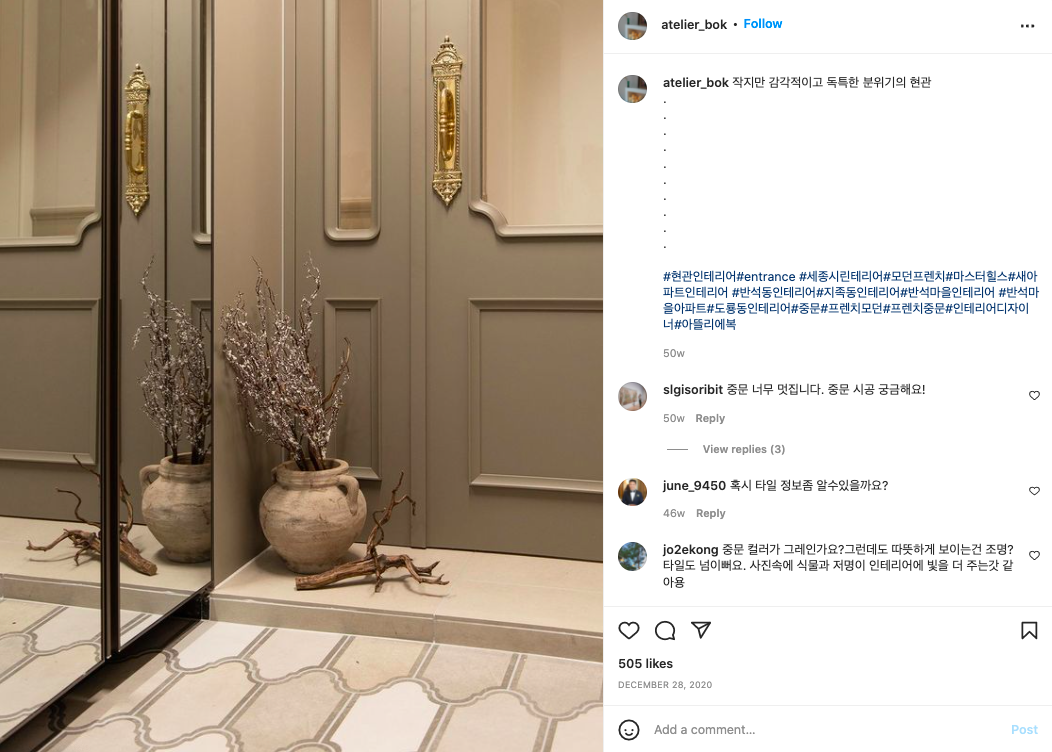
This new fervor for fine interiors as a mainstream commodity is a curious development considering most Koreans start off with subpar residential circumstances. When half of the country's households live in built-to-spec concrete housing blocks, many homes conform to the same generic layouts that construction companies dream up. Almost without exception a single large living room with two long walls dominates (one for a sofa to stand against and the one opposing it for a TV) regardless of the apartment's size. If built in the last twenty years, a three-bedroom unit inevitably includes two bathrooms: one ensuite in the master bedroom and another near the entryway. Major changes are hard to pull off.
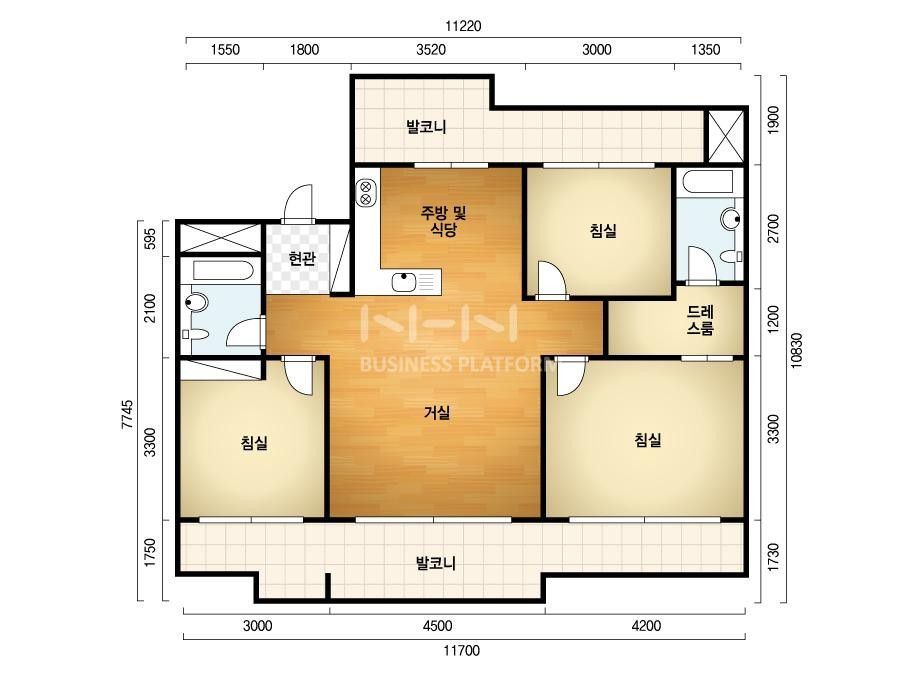
But seemingly overnight 'unique' decor became the rage on a wide scale. Swedish home furnishing giant IKEA entered the Korean market in December 2014 to cater precisely to this demand. Exactly around the same time a local company called Moongori.com made waves by selling quality home repair and decoration products directly to retail consumers. And in 2015 a cable TV show called Naebang eui pumgyeok 내방의 품격 (My Room's Class) took to the airwave, highlighting DIY interiors by ordinary people with no professional expertise.
Although it ran only for four months, the program marked the beginning of high-profile TV productions highlighting the domestic environment. In 2019 Guhaejwo! Homjeu 구해줘! 홈즈 (Where Is My Home) came into being with the concept of helping Koreans in search of new homes.
Even a popular reality show Nahonja sanda 나 혼자 산다 (I Live Alone), broadcast since 2013, has increasingly turned its attention away from how certain unmarried Korean celebrities live—the original focus was tribulations of single people in a society that values marriage—to what kind of homes they live in (many look unquestionably expensive).
So great has the national obsession with high-end (or high end-looking) homes become that a segment of the media is voicing concern over the impact of all the home-related content, especially where celebrities are involved.
"Every time a magnificent home is shown, that completely different reality of a celebrity's life sparks discomfort in viewers," wrote a journalist at Ilyo Sisa this summer. The conservative Chosun Ilbo has been more blunt. "This sort of celebrity 'flex' (a term adopted by Koreans to refer to a self-conscious act of showing off) has come under criticism for intensifying the feeling of relative deprivation caused by the wealth gap," pontificated one of its reporters in September.
But the fact remains, it isn't only celebrities who milk their homes for social capital. Let's not forget the Koreans who have uploaded more than five million Instagram posts to show off their homes from every angle imaginable, not to mention apps such as Oneul eui Jip 오늘의 집 (Today's Home) and Jip Ggumigi 집꾸미기 (Home Decorating), which have attained success almost entirely by giving space to those who want to promote their homes and receive attention. And we aren't talking DIY patch jobs.
In explaining the longing for handsome dwellings, a news wire agency News Pim offered, "The interest in the notion of home has spiked given the increase in the amount of time spent at home due to the prolonged Covid-19 crisis." And it's not only Koreans who are putting their energy into improving their domestic surroundings during the pandemic; this is a global phenomenon.
The difference may lie in the extent to which the end result gets documented and disseminated for self-promotion in the time of Covid. Although Korea never went through harsh lockdowns like in Europe, the virus still made people wary of going out, many public events took place online, and international travel became challenging. The usual materials for gaining likes in a country ranked second in the world for social media use are less available, calling for a substitute.
Then there is the fact that a nice place to live has become much more valuable as a commodity and status marker than ever before given the skyrocketing home prices.
Some Korean teens reportedly have taken to adding the names of well-known luxury apartment complexes to their Instagram profiles. No one knows if they actually live there, but it's an indication of the growing importance one's home has for telegraphing social class.
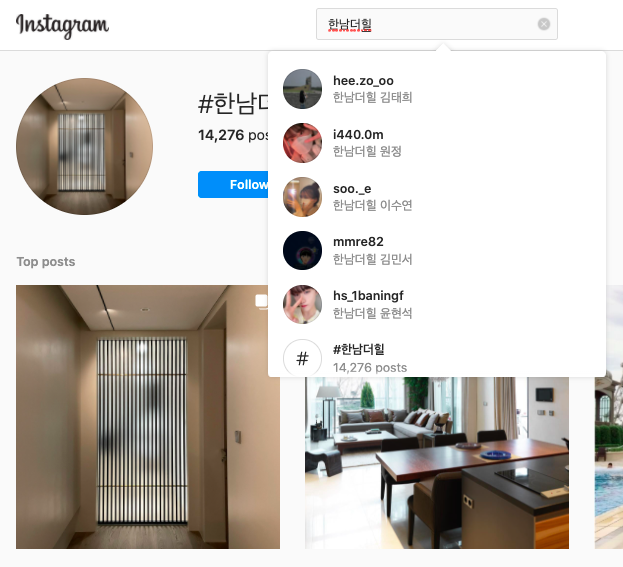
For those who don't possess such prestigious addresses, the next best option is dressing up their homes to the hilt and seeking virtual approval in the realm of social media and home tour apps. It makes me long for the simpler time when a few European porcelain plates and slightly better furniture would have sufficed to render one respectable on the Korean social landscape.
Cover: a Korean home featured on the app Oneul eui Jip 오늘의 집